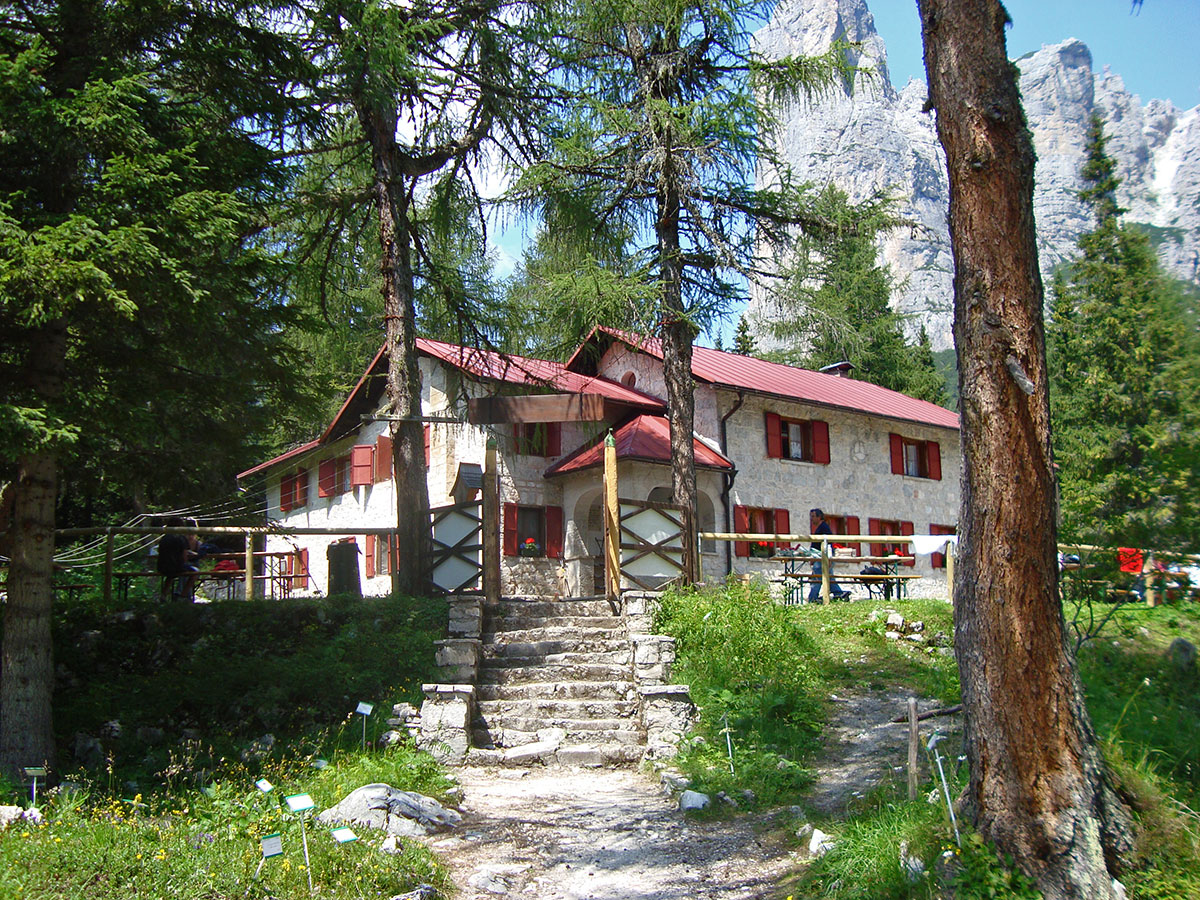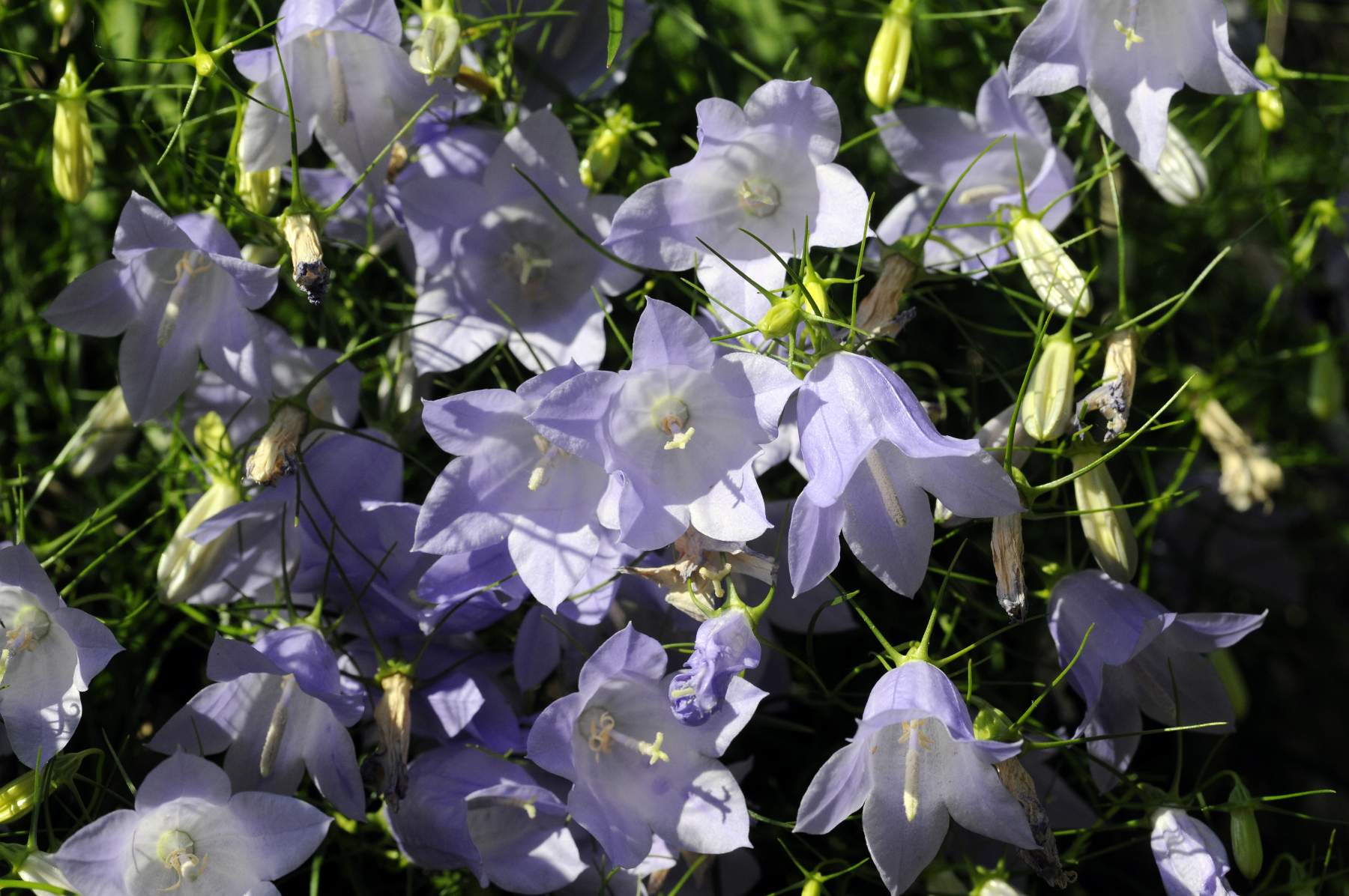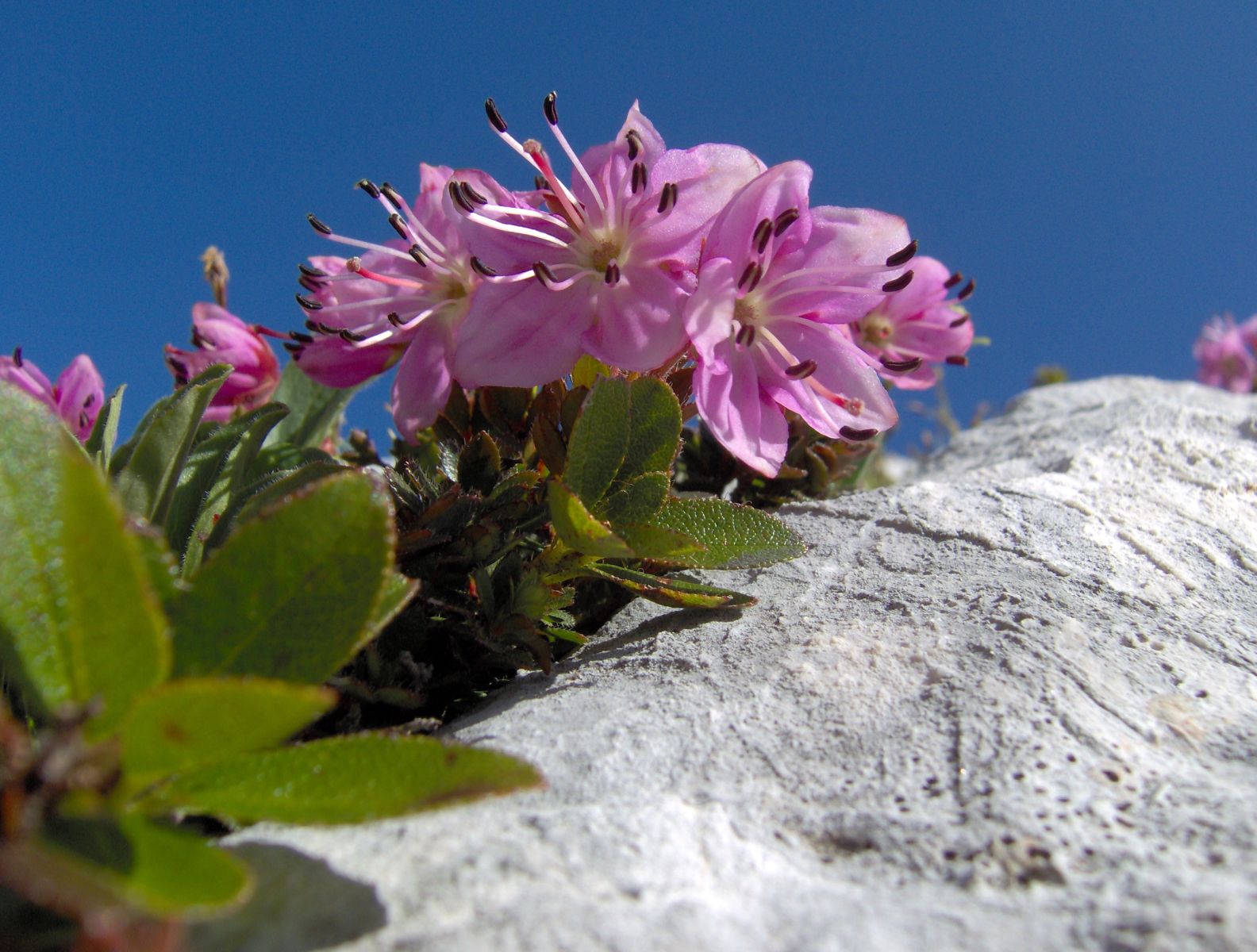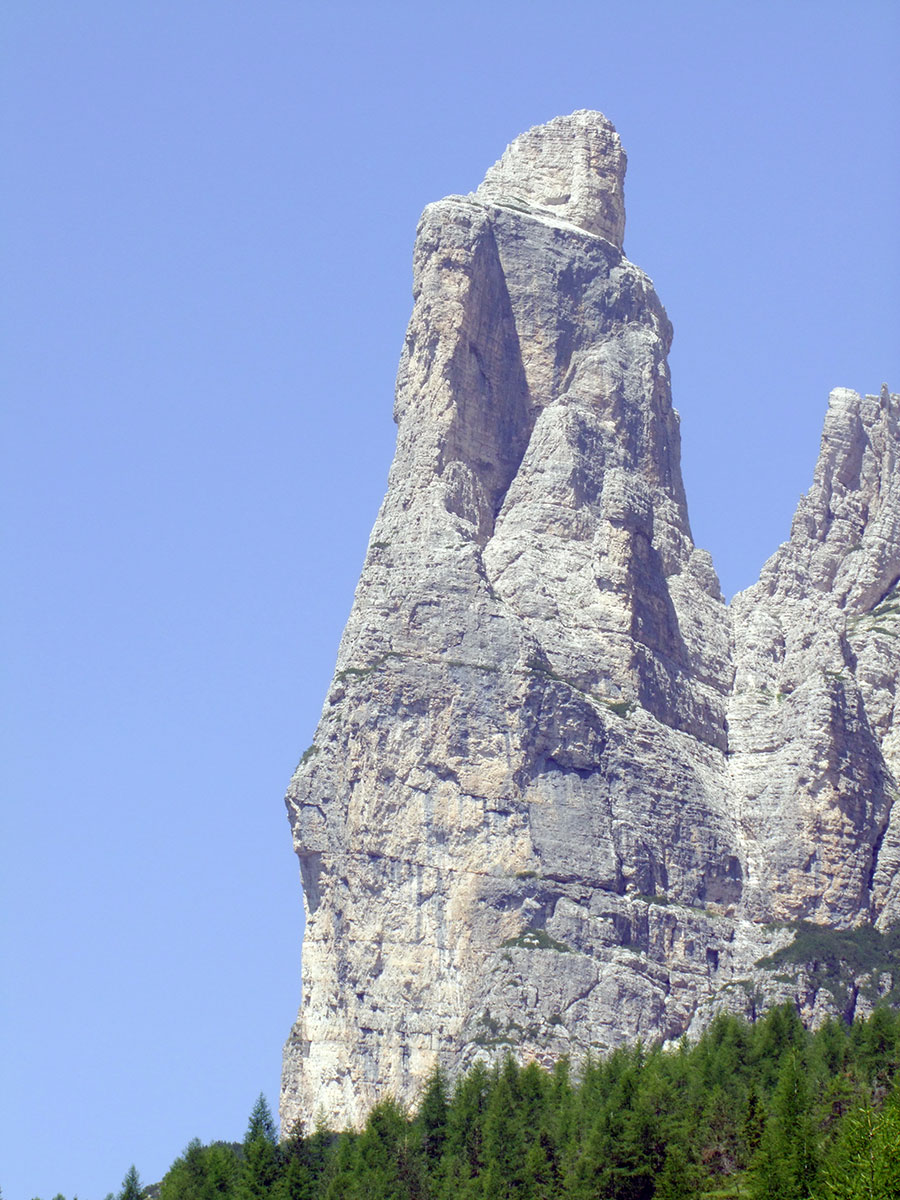
Antonio Segni Alpine Garden
This post is also available in:
 Italiano (Italian)
Italiano (Italian)
The Antonio Segni Alpine Garden was built at the foot of the southern face of the Dolomite peak of the Civetta Mountain Range, dominated by the imposing and elegant walls of Cima Busazza, Torre Venezia, and Torre Trieste.
It was created in 1963, with the support of CAI from Conegliano, with the aim of promoting the beauty and the biodiversity of the Alpine flora of the Dolomites.
Located in the municipality of Taibon Agordino, near the Vazzoler refuge at an altitude of 5.623 ft, the garden is easily accessible by one of the many trails in that very area, namely following the road that enters Val Corpassa from Listolade.
The Garden covers an area of 1.23 acres and is divided into two sections: one for natural evolution, another for the typical environments of the Belluno Dolomites.
The vegetation gradually changes from tree formations to shrubs, all the way up to the alpine meadows and then mutates into the screes at the foot of the vertical rock walls.
The Alpine pine forest with Norway spruces (Picea abies) and larches (Larix spp.) prominently covers the area. In the open spaces, and in more rugged and harsh areas, the dominant species appears to be the mountain pine (Pinus mugo) with its typical creeping and prostrate bearing. There are also several shrub species like rhododendrons, blueberries, junipers, willows, and wild honeysuckles.
In the areas still used for grazing, on the other hand, there are many different flowers that spectacularly bloom with lively spots of colours.
Inside the garden, in addition to the several plant associations, there are some other tree-shrub species like beeches, alpine laburnums (Laburnum alpinum), rowans (Sorbus aucuparia), and many willows. There are about 180 tree, shrub and herbaceous species housed in the rocks and in the flower beds accessible via instructional by paths. Among the main ones, there are the dolomitic and Eastern alpine autochthonous species, such as the tufted horned rampion (Physoplexis comosa), bellflowers (Campanula carnica), herbaceous plants (Paederota bonarota), cinquefoils (Potentilla nitida), dwarf rhododendrons (Rhodothamnus chamaecistus), and the silver saxifrage (Saxifraga crustata). Among the most flamboyant and eye-catching blooms the are orange lilies (Lilium bulbiferum), and the martagon lilies (Lilium martagon).
This post is also available in:
 Italiano (Italian)
Italiano (Italian)




